Respiratory
Respiratory
Lung diseases are some of the most common medical conditions in the world. Smoking, infections, and genetics are responsible for most lung diseases. The lungs are part of a complex apparatus, expanding and relaxing thousands of times each day to bring in oxygen and expel carbon dioxide. Lung disease can result from problems in any part of this system.
The study of lung diseases is known as Pulmonology. Pulmonary circulation was first described in the 13th century. Pulmonary circulation is the process by which blood travels from the heart to the lungs and then back to the heart. This flow keeps the heart supplied with oxygen, which the blood picks up from the lungs. In 1243, the Arab physician “Ibn al-Nafis” became the first person to describe this complicated process, when he detailed it in his work, "Commentary on Anatomy in Avicenna's Canon”.It wasn't until 300 years later that European scholars came to the same conclusion, according to a 2008 article in the Journal of Applied Physiology.
Chronic obstructive pulmonary disease (COPD)

Chronic obstructive pulmonary disease (COPD) refers to a group of lung diseases that block airflow and make breathing difficult. Emphysema and Chronic Bronchitis are the two most common conditions that make up COPD. Chronic bronchitis is an inflammation of the lining of your bronchial tubes, which carry air to and from your lungs. Emphysema occurs when the air sacs (alveoli) at the end of the smallest air passages (bronchioles) in the lungs are gradually destroyed. Damage to your lungs from COPD can't be reversed, but treatment can help control symptoms and minimize further damage.
Apart from medications, smoking cessation and surgery, doctors often use additional therapies like oxygen therapy and pulmonary rehabilitation for people with moderate or severe COPD: If there isn't enough oxygen in your blood, you may need supplemental oxygen. There are several devices to deliver oxygen to your lungs, including lightweight, portable units that you can take with you to run errands and get around town. Some people with COPD use oxygen only during activities or while sleeping. Others use oxygen all the time. Oxygen therapy can improve quality of life and is the only COPD therapy proven to extend life.
TAREQ Lifecare Unit offers various equipments to manage your disease well. Talk to your doctor about your needs and options OR Please contact TAREQ Lifecare Unit for more details and support. Below are some of the medical devices we deal:
Oxygen Concentrator 5 Liter
Oxygen Concentrator 10 Liter
We also offer small and easy to carry portable oxygen device for patients who like to travel.These devices has FAA approval for air travel.
Portable Oxygen Concentrator- Continuous Mode
Portable Oxygen Concentrator- Pulsed Mode
Sleep apnea
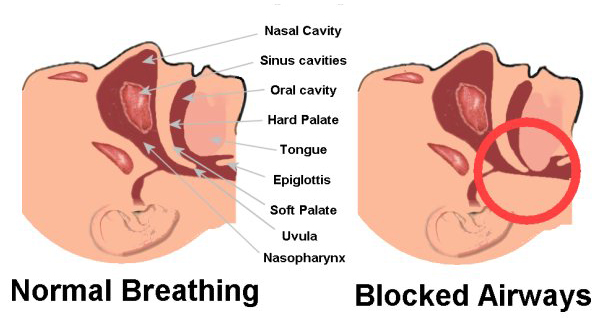
Sleep apnea is a potentially serious sleep disorder in which breathing repeatedly stops and starts. You may have sleep apnea if you snore loudly and you feel tired even after a full night's sleep. There are two main types of sleep apnea:
Obstructive Sleep Apnea -is the more common form that occurs when throat muscles relax Central Sleep Apnea , which occurs when your brain doesn't send proper signals to the muscles that control breathing
Sleep apnea can affect anyone. Even children can have sleep apnea.
Factors that put you at increased risk of Obstructive sleep apnea -
Excess weight. Fat deposits around your upper airway may obstruct your breathing. However, not everyone who has sleep apnea is overweight. Thin people develop this disorder, too.
Neck circumference. People with a thicker neck may have a narrower airway.
A narrowed airway. You may have inherited a naturally narrow throat. Or, your tonsils or adenoids may become enlarged, which can block your airway.
Being male. Men are twice as likely to have sleep apnea. However, women increase their risk if they're overweight, and their risk also appears to rise after menopause.
Being olde. Sleep apnea occurs significantly more often in adults older than 60.
Family history. If you have family members with sleep apnea, you may be at increased risk.
Use of alcohol, sedatives or tranquilizers. These substances relax the muscles in your throat.
Smoking Smokers are three times more likely to have obstructive sleep apnea than are people who've never smoked. Smoking may increase the amount of inflammation and fluid retention in the upper airway.
Nasal congestion. If you have difficulty breathing through your nose — whether it's from an anatomical problem or allergies — you're more likely to develop obstructive sleep apnea.
Complications of Sleep Apnea :
High blood pressure or heart problems.
Daytime fatigue.
Complications with medications and surgery.
Liver problems.
Sleep-deprived partners. People with sleep apnea may also complain of memory problems, morning headaches, mood swings or feelings of depression, a need to urinate frequently at night (nocturia), and a decreased interest in sex. Children with untreated sleep apnea may be hyperactive and may be diagnosed with attention-deficit/hyperactivity disorder (ADHD).
If you think you might have Sleep Apnea, see your doctor OR call us for advice. Treatment is necessary to avoid heart problems and other complications.
Treatment for associated medical problems-Possible causes of central sleep apnea includes heart or neuromuscular disorders, and treating those conditions may help. For example, optimizing therapy for heart failure may eliminate central sleep apnea. Supplemental oxygen-Using supplemental oxygen while you sleep may help if you have central sleep apnea. Continuous positive airway pressure (CPAP). This method involves wearing a pressurized mask over your nose while you sleep. The mask is attached to a small pump that forces air through your airway to keep it from collapsing. CPAP may eliminate snoring and prevent sleep apnea. Bi-level positive airway pressure (BiPAP). Unlike CPAP, which supplies steady, constant pressure to your upper airway as you breathe in and out, BiPAP builds to a higher pressure when you inhale and decreases to a lower pressure when you exhale. The goal of this treatment is to assist the weak breathing pattern of central sleep apnea. Some BPAP devices can be set to automatically deliver a breath if the device detects you haven't taken one after so many seconds.
TAREQ Lifecare Unit offers various equipments to manage your disease well. Talk to your doctor about your needs and options OR please contact TAREQ Lifecare Unit for more details and support. Below are some of the medical devices we deal:
CPAP (Continuous Positive Airway Pressure)
APAP (Auto CPAP)
BiLevel-S also known as BiPAP-S (Bilevel Positive Airway Pressure- Spontaneous)
BiLevel-ST also known as BiPAP-ST(Bilevel Positive Airway Pressure- Spontaneous/Timed)
Home/ Portable Ventilator
Tareq Co. Lifecare Business Unit offers complete Respiratory care range for Homecare, Clinics and Hospital Departments. We have specialized products for Tracheostomy & Laryngectomy care from SERVONA GmbH GERMANY –with world’s best selling Electrolarynx SERVOX digital. Our Asthma care range includes high quality products from CLEMENT-CLARKE, UK. We also offer products like Hospital Ventilator, Portable and Stationary Nebulizer, Ultrasonic Nebulizer, Suction machines, Spirometry, NHFT (Nasal High Flow O2 Therapy), Pulse oximeters,Airway Clearance devices etc.


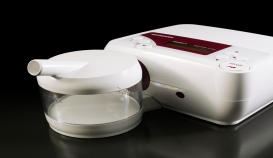 BiPAP- TREND ll
BiPAP- TREND ll 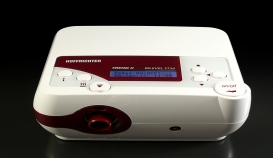 BiPAP- TREND ll
BiPAP- TREND ll 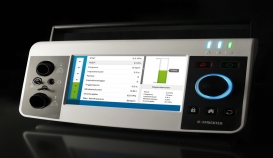 VENTILATOR- CARAT PRO
VENTILATOR- CARAT PRO 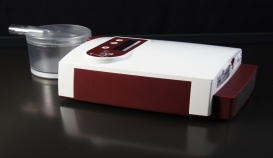 CPAP & AUTO CPAP-POINT 2
CPAP & AUTO CPAP-POINT 2 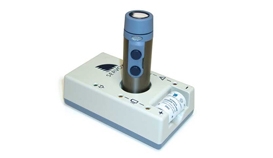 SERVOX DIGITAL SPEECH AID (ELECTROLARYNX)
SERVOX DIGITAL SPEECH AID (ELECTROLARYNX) 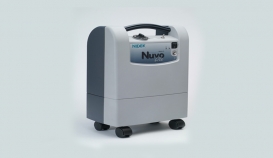 Oxygen Concentrator
Oxygen Concentrator 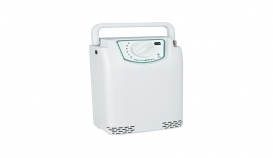 Portable Oxygen Concentrator
Portable Oxygen Concentrator 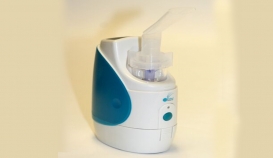 Portable Nebulizer
Portable Nebulizer